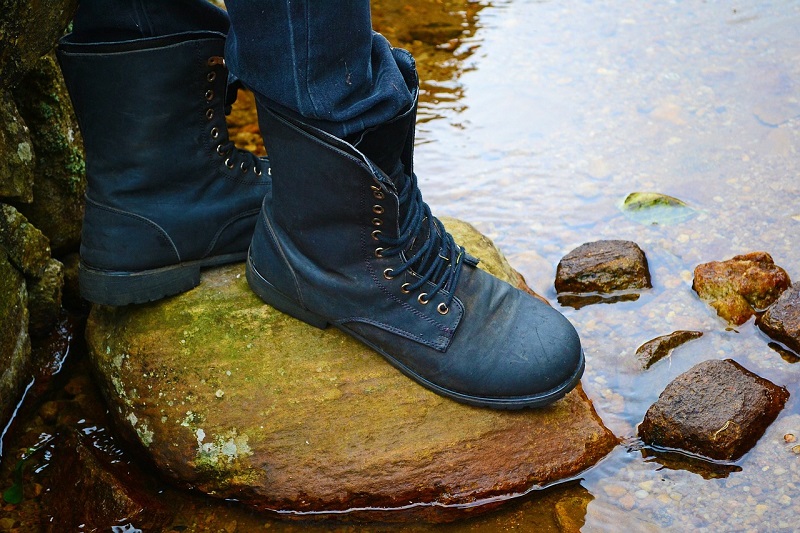Protect Your Legs and Work Efficiently Wearing the Best Safety Boots

Mistakes That Needs to Be Avoided
⦁ Confusing the Safety Standards: Every risky job has defined safety standards that are to be maintained and followed by a worker. So, may need steel plates below and some may need rubber or some fire and heat resistant material. The safety boots are to be bought as per the safety guidelines mentioned against each type of industry. However, all shoes should be waterproof or at least water resistant.
⦁ Never to Choose the Boots Looking at The Price Tags: As everyone is looking for value for money, it is a common tendency to save and buy the shoes only looking at the cheap price tag and compromising with the quality and forgetting the purpose. A sturdy, long-lasting and work specific boot should be bought without looking for the cheaper ones that compromise with the safety standards.
⦁ Going for The Style Overshadowing the Purpose: Many people select and buy these boots giving priority to the style rather than the intent that it needs to serve. It should be avoided, and the priority should always be the safety of the feet. There are safety boots that people wear when they work in mines and in heavy industries and furnaces. Depending on the type of floor surface that they walk on, users need to choose these safety boots.
⦁ Choosing Incorrect Size: The shoes should be of the correct size. A tight shoe can cause the boots to wear out in quick time, and a loose boot makes the movement on the dangerous zone more dangerous. One should buy the correct size of safety boots to feel comfortable in them.

